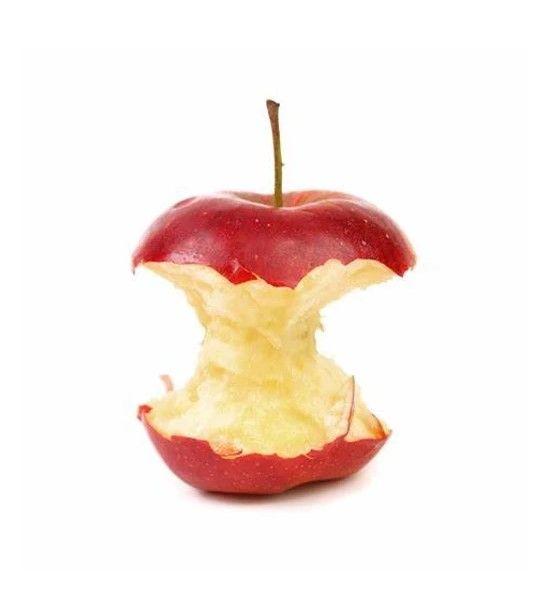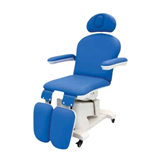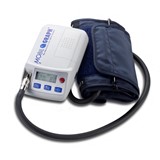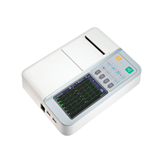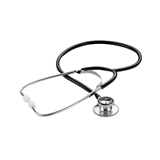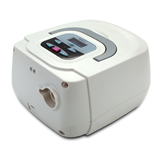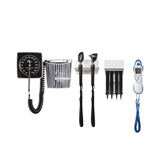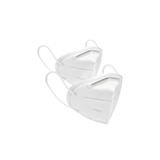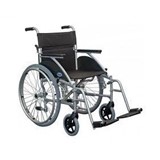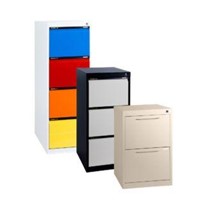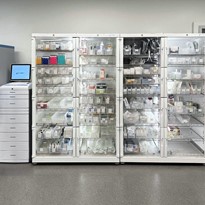So the question really should be asked, what exactly is your radiation protection apron made of?
-
Historically, radiation shielding materials have been manufactured from lead (Pb). commonly used to protect medical patients and workers from direct and secondary radiation during diagnostic imaging in hospitals, clinics and dental surgeries
-
Historically, the attenuating qualities of lead made it “the element of choice” for radiation protection.
-
Advances in radiation shielding material technology have produced two alternative materials, lead composite and lead-free radiation shielding.
So, this really means that now medical professionals have options when it comes to selecting their radiation protection garments! Does this make the choice easier though? Let us look at the three standard core options in the marketplace today.
Traditional Lead (Pb)
-
Lead is a chemical element in the carbon group.
-
Lead on its own is unwearable, so to transform pure lead into wearable radiation protective material it is mixed with binders and additives to make a flexible lead vinyl sheet.
-
Lead sheets are then layered to the desired thickness to achieve the required lead equivalency.
-
The three typical levels of lead equivalency protection in garments are 0.25mm, 0.35mm and 0.5mm.
The Australian/New Zealand Standard (AS/NZS 4543.3:2000) IEC 61331-3:1998 "Protective devices against diagnostic medical X radiation. Part 3: Protective clothing and protective devices for gonads", states the required attenuation equivalent of light protective aprons shall be not less than 0.25mm Pb over entire area. For heavy protective aprons, not less than 0.35mm Pb for the front section and 0.25mm Pb for remaining parts.
Lead (Pb) Composite
-
Mixture of lead and other lighter weight metals such as tin, rubber, PVC vinyl and other proprietary attenuating metals.
-
These lead-based composite blends are a proprietary mixture of lead and other heavy metals that attenuate radiation and change from manufacturer to manufacturer.
-
They are lighter (up to 25%) than regular grade lead and are available with the same lead equivalency protection levels.
Non-Lead (Pb) and Lead (Pb) Free
-
Offer the same protection levels.
-
Non-lead shielding materials are manufactured with additives and binders mixed with attenuating heavy metals that fall into the same category of materials as lead that also absorb or block radiation.
-
These metals may include tin (Sn), antimony (Sb), tungsten (W) bismuth (Bi) or other elements.
-
These aprons are recyclable and safe for non-hazardous disposal.
-
The material blends are propriety to the specific manufacturer; therefore, the materials mentioned above are not representative of any specific manufacturer.
What should you consider when deciding what core material is right for you?
-
The specific procedure being performed,
-
length of the procedure,
-
and frequency of the procedure.
Selecting the right radiation protection garment begins by identifying the core material option right for you.
We recommend consulting with your Radiation Safety Officer or other qualified person to determine the type of apron and level of protection necessary to keep you protected in your work environment
Citations
Universal Medical - Kevin Jaquith
ARPANSA - Aprons for protection against X-rays


